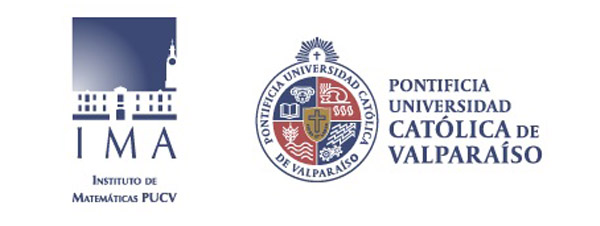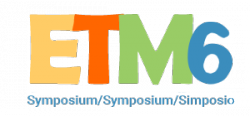Topic 2 – Specific tools, signs and discourse in the mathematical work
In continuity with previous symposia, this theme focuses on tools of mathematical work and signs considered both as vehicles of knowledge and support of their transformations. It also takes into account the relationships to the discourse in the articulation between signs and tools in mathematical activities. Within the theory of Mathematical Working Space (ThMWS), even if the topic related to the coordination of the geneses are very relevant, this theme pays particular attention to the role of discursive genesis compared to the other geneses (instrumental and semiotic ones). In this call for papers, several questions are proposed about the impact or effects of tools, signs, and discourse in mathematical work.
Interactions and didactical situations
It is first necessary to explore the potential offered by technological environments and sign systems for evolving the mathematical work of students, for thinking of milieu (semiotic, technological and epistemological one), subject (student or teacher), or activity (interactions between students, teacher and milieu). As essential in the ThMWS, the questioning can concern how tools, sign systems, and discourse affect the construction and implementation of students’ knowledge, and guide their mathematical work.
Mutual control on signs, tools and discourse
We usually identify the dual role of discourse as means of expression (discursive function) and control on the representation, transformation and communication of knowledge (meta-discursive function). However, in learning Calculus and Geometry with the support of a technological tool, the interaction between the student and the milieu implies a coordination tool-sign that renews the traditional role of the discourse in the control of knowledge. Depending on the task to accomplish, questioning concerns the subject-milieu interactions in the different cases of discovery, modeling, or validation of a mathematical property.
Modelling
Mathematical work is often complementary to other kinds of work, as in algorithmics, or typically in extra mathematics domain, as in experimental sciences. Within the ThMWS, this involves the study of relationships with other working spaces, including in particular the coordination of the different geneses. In addition, since the modeling is related to work between reality and mathematics, some questions arise about the definition of the model and problem situations when they are conditioned by the specificity of the tools, signs and mathematical discourse.
Fibrations
While the discursive genesis is often activated in order to control the semiotic and instrumental geneses, representation and control tools allow the development of knowledge during problem solving. In the interaction between the cognitive plane and the epistemological plane, it is possible to associate fibrations with the process of conceptualization, both for the formation of a mathematical conception and for its implementation. The study in terms of fibrations is carried out on students’ processes of conceptualization and on the relationship between the working spaces (intra or extra mathematical modeling), starting from the coordination of the geneses.
Proofs and reasoning
The notions of proof and reasoning are characterized in mathematics. Since the mathematical work is historically very rich, the new technological opportunities foster to rethink some references. Some questions concern the different kinds of demonstration (proof; material evidence, instrumented evidence, algorithmic proving, automated proving, etc.) and reasoning (deductive, inductive, abductive; dialectics, argumentation) which are involved during mathematics work, and more particularly at school.
Conception of artifacts
Some didactical situations proposed at the interface of technological devices (LessonSketch in teacher education; QED - Tutrix to support the resolution of problems of proof), foster to consider the idea of interactions guiding the mathematical work from a new perspective. The use of mathematical machines or some software suggest problems that contribute to perform mathematical work. In this perspective, the design of artifacts can also include its users, with particular attention to the role of the geneses.
Responsables
Michela MASCHIETTO (Italy), michela.maschietto@unimore.it
Patricio HERBST (United States of America), Philippe R. RICHARD (Canada) et Fabienne VENANT (Canada)

